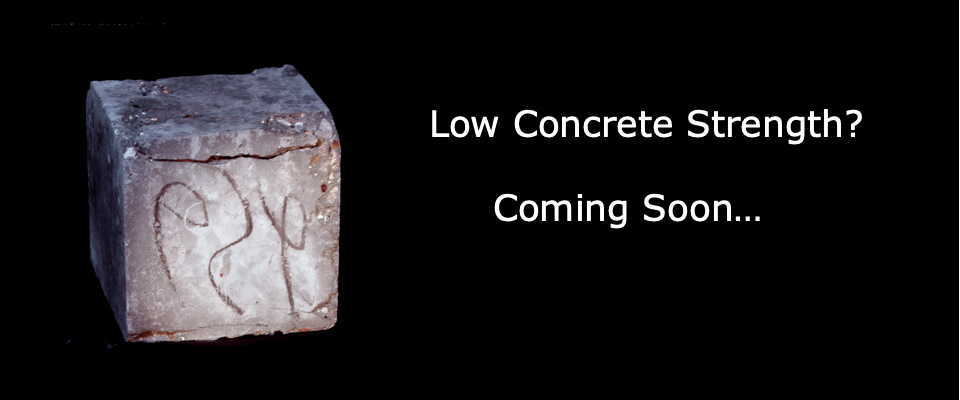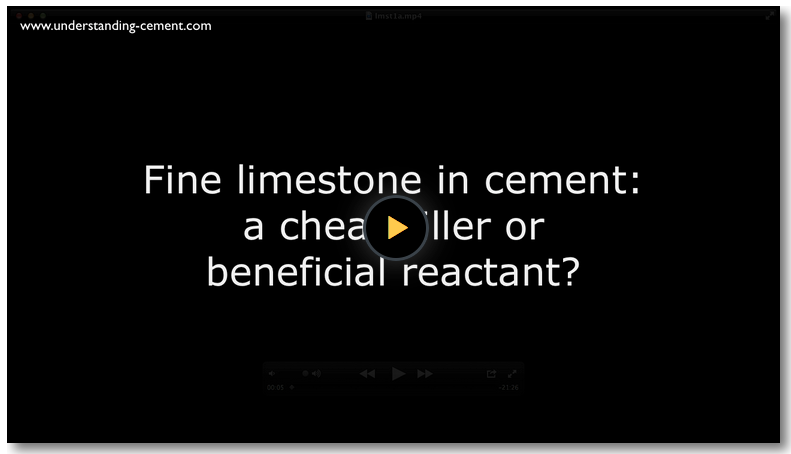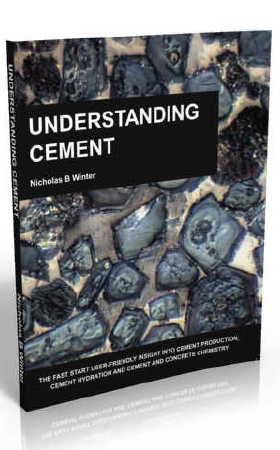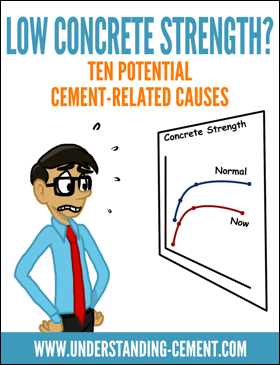
"Low Concrete Strength? Twenty-Seven Potential Cement-Related Causes and how to identify them"
 Nick Winter
Nick WinterModern concrete plants can control mix proportions very closely, so strength variations should be minimal - other factors being equal.
Unfortunately,
"other factors" have a habit of not being equal and sometimes strengths
are lower than normal for no obvious reason.
This can mean
sleepless nights for the technical team tasked with identifying the
problem and fixing it (that's probably you, as you are reading this).
If
the concrete in question is being used in a large-scale building
project of national importance, or if your company has had to suspend
production of concrete products, or if you supplied concrete for the
foundations of a large and expensive building that now has cracks in the
walls, the pressure will be on. But I can help.
Here's the thing: when
cement manufacturers, ready-mix concrete producers and people who make concrete
products have difficult strength problems, what do they do?
They come to me.
That's
because much of my work since the late 1980s has been examining
clinker, cement and concrete for these clients to identify the cause(s)
of low strength. I've looked at hundreds, probably thousands, of
concretes, cements and clinkers with a wide range of problems. One
factor most of them had in common, though, was the pressure the client was
under to resolve the issue. Fast.
I can tell the stress some
of my clients are under by the number of times in a day they phone or
email me to ask about progress. I really feel their pain, and I can also
feel the CEO or Managing Director breathing down their necks.
(Sometimes the corporate legal department too, if there might be
liability issues).
I've written a book that will help you solve low strength problems
The working title is: "Low concrete strength? 27 Potential cement-related causes and how to identify them". It will be available soon.
Compared with the free ebook "10 Causes..." that you can get when you subscribe to "Cembytes", our Newsletter, this new book describes many more potential causes of low strength in concrete that may be related to cement. It also shows how each cause may be identified and possible difficulties that may arise.
Some of the potential causes described are due to intrinsic problems with the cement or clinker. Others are cement-related but the cement itself is not the problem; obvious examples are insufficient cement in the mix or excessive water-cement ratio.
Here's how it will help:
Firstly, the potential problems described are a quick checklist that you can use to identify, shortlist or eliminate what may be the issue with your concrete, cement or clinker. Some you may have already considered and eliminated, others you probably won't.
Secondly, for each potential problem, there's a couple of pages describing it and suggesting what techniques you can use to identify it. This saves you time by helping you to focus on confirming what the problem is, so you can fix it.
Thirdly, there's a section aimed to help your organization become less susceptible to problems when they do arise, in other words to become more antifragile by anticipating what could go wrong and what you should do now to prepare so that you can recover quickly and learn from the experience. These actions really do need to be done now, before trouble strikes - which it likely will in time. In a crisis, you don't want to be messing around trying to decide what to to do; you need a plan in place with the groundwork already done. This book will help you prepare that plan.
As John F Kennedy said: "The time to repair the roof is when the sun is shining."
In summary, this book will help you identify and respond rapidly to cement-related strength issues so you can keep your customers and bosses happy and minimize any loss of revenue. All for just $47.00 US for the ebook version, for those who register an interest using this page.
If you would like to know when the book is ready (without commitment) just leave your email address using the form below.
Estimated publication is Summer 2025. It will be available first in an ebook version. A printed version may be available later.






